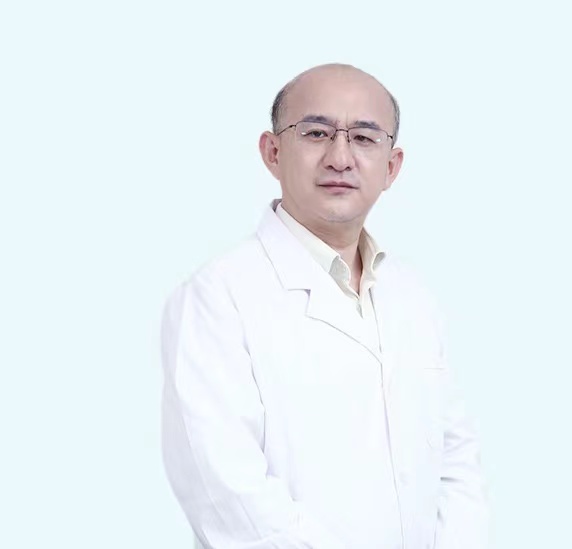锁骨肿瘤早期Symptoms有哪些
Clavicle tumors generally refer to tumors that occur in the clavicle region and may be either benign or malignant. In the early stages, symptoms of clavicle tumors may include a local mass, localized pain, restricted movement, skin changes, and systemic symptoms. It is recommended to seek medical attention promptly and receive treatment under a doctor's guidance. Specific details are as follows:
1. Local mass: A prominent early sign of clavicle tumor is a hard, fixed mass that can be felt near the clavicle. This mass may not cause pain initially but tends to gradually increase in size as the condition progresses.
2. Localized pain: Although not all clavicle tumors cause pain, some patients—particularly those with malignant tumors—may experience mild to moderate pain in the clavicle area. This pain may become more noticeable at night or worsen when moving muscles around the clavicle.
3. Restricted movement: As the tumor grows, it may affect surrounding muscles and joints, leading to limited range of motion in the shoulder or neck. Patients may find it difficult to turn their head or lift their arms.
4. Skin changes: Clavicle tumors may cause changes on the skin surface, such as redness, increased local temperature, or visible subcutaneous varicose veins. These changes are typically due to tumor compression or effects on nearby blood vessels.
5. Systemic symptoms: In the early stage of the tumor, systemic symptoms may not be obvious. However, patients might still experience nonspecific symptoms such as weight loss, fatigue, and low-grade fever. These symptoms may result from the tumor consuming the body’s energy and affecting immune system function.
If a clavicle tumor is present, comprehensive treatment should be administered according to medical advice, including surgical removal, radiation therapy, and chemotherapy. During treatment, patients should maintain good nutritional status and engage in appropriate physical activity to support recovery.








